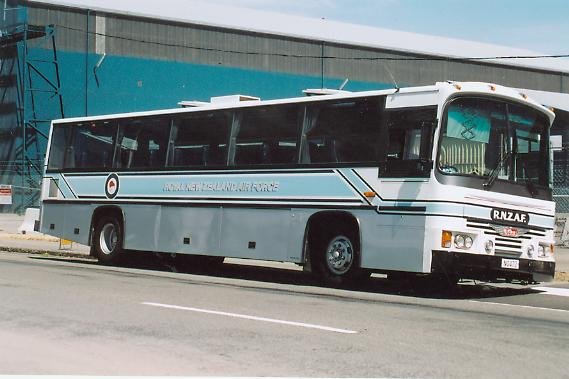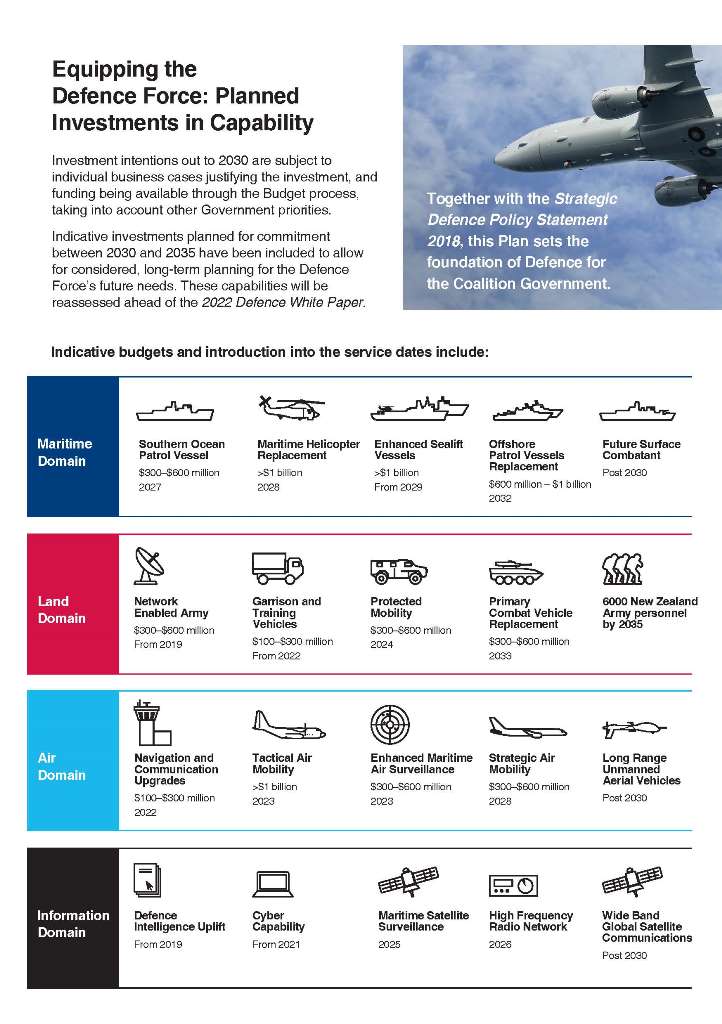RNZAF wants them pimped out, that’s for sure...
New Zealand – C-130J Aircraft | The Official Home of the Defense Security Cooperation Agency
new_zealand_19-69.pdf
Media/Public Contact:
[email protected]
Transmittal No:
19-69
WASHINGTON, November 20, 2019 - The State Department has made a determination approving a possible Foreign Military Sale to New Zealand of five (5) C-130J aircraft and related equipment for an estimated cost of $1.4 billion. The Defense Security Cooperation Agency delivered the required certification notifying Congress of this possible sale today.
The Government of New Zealand has requested to buy five (5) C-130J aircraft; twenty-four (24) Rolls Royce AE-2100D3 turboprop engines (20 installed, 4 spares); fifteen (15) Embedded Global Positioning System (GPS)/Inertial Navigation Systems (INS) (EGIs) with GPS security devices, airborne (10 installed, 5 spares); eight (8) Multi-Information Distribution System (MIDS)/Link-16 Low Video Terminal (LVT)-BU2 (5 installed, 3 spares); thirteen (13) AN/AAQ-24(V)N LAIRCM (Large Aircraft Infrared Countermeasures) System Processor Replacement (LSPR) (10 installed, 3 spares); and nineteen (19) Guardian Laser Transmitter Assembly for LAIRCM (15 installed, 4 spares). Also included are eight (8) AN/AAR-47 Missile Warning System (MWS); eight (8) AN/APN-241 Low Power Color Radar; eight (8) AN/ALR-56M Missile Warning System Receiver; fifteen (15) AN/ALE-47 Countermeasures Dispensing System; six (6) MX-20HD Electro-Optical/Infrared Imaging System; forty-four (44) Missile Warning Sensor, LAIRCM; Control Interface Unit Replacement, LAIRCM; classified memory cards, LAIRCM; Low Volume Terminal Cryptographic Modules KIV-55; AN/ARC-210 RT-1990A(C) Radio; AN/ARC- 164(V) RT-1518 Radio; AN/ARC-153 Tactical Air Navigation; AN/ARN-147 VHF Receiver; AN/ARC-190 HF Radio; AN/ARC-222 VHF Radio w/SINCGARS; Classified Tactical Manuals; Cartridge Activated Devices/Propellant Activated Devices; M206 Flares; MJU-64/B Decoy; BBU-35A/B Impulse Carts; Joint Mission Planning System; Classified Computer Identification Numbers; Electronic Combat International Security Assistance Program (ECISAP) support, support and test equipment, publications and technical documentation, personnel training and training equipment, U.S. Government and contractor engineering, technical and logistics support services; and other related elements of logistical and program support. The total estimated value is $1.4 billion.
This proposed sale will support the foreign policy and national security of the United States by helping to improve the security of a major ally that is a force for political stability, and economic progress in the Asia-Pacific region. The proposed sale will improve New Zealand's capability to meet current and future threats by enhancing its current airlift capability.
This proposed sale will provide the capability to support national, United Nations, and other coalition operations. This purchase also includes sensors and performance improvements that will assist New Zealand during extensive maritime surveillance and reconnaissance as well as improve its search and rescue capability. Additionally, the extra cargo capacity and aircraft performance will greatly increase New Zealand's Antarctic mission capabilities while simultaneously increasing safety margins. New Zealand currently operates the C-l30H aircraft and will have no difficulty absorbing this equipment and support into its armed forces.
The proposed sale of this equipment and support will not alter the basic military balance in the region.
The prime contractor will be Lockheed Martin, Ft Worth, TX. There are no known offset agreements proposed in connection with this potential sale.
Implementation of this sale will require the assignment of up to three U.S. contractor representatives to New Zealand.
There will be no adverse impact on U.S. defense readiness as a result of this proposed sale.
This notice of a potential sale is required by law and does not mean the sale has been concluded.
All questions regarding this proposed Foreign Military Sale should be directed to the State Department's Bureau of Political Military Affairs, Office of Congressional and Public Affairs,
[email protected].


